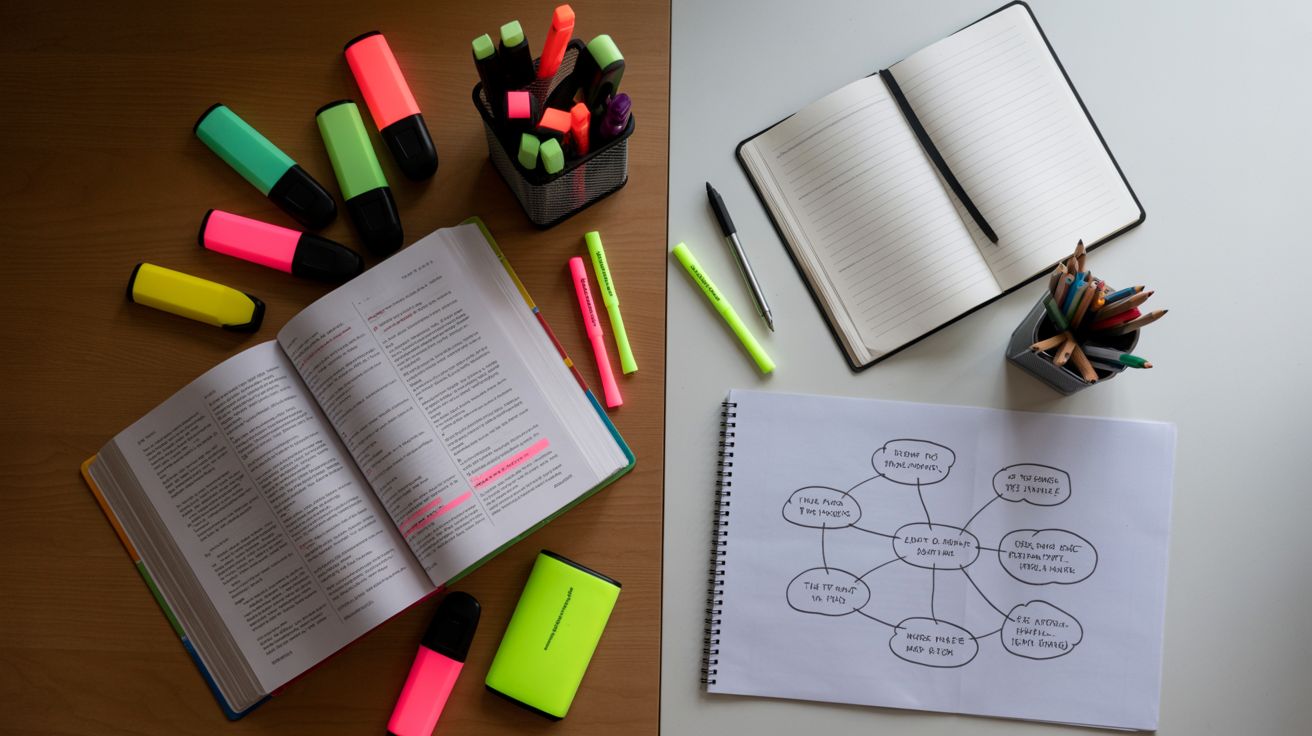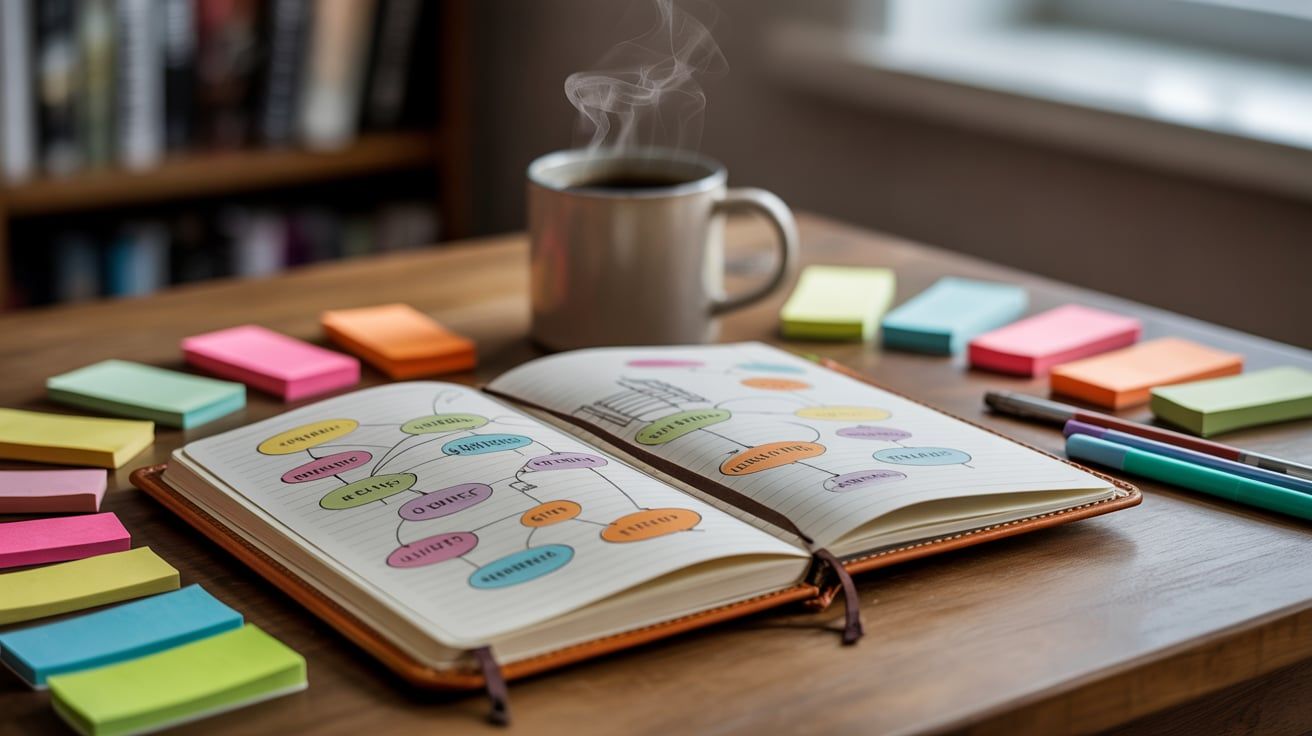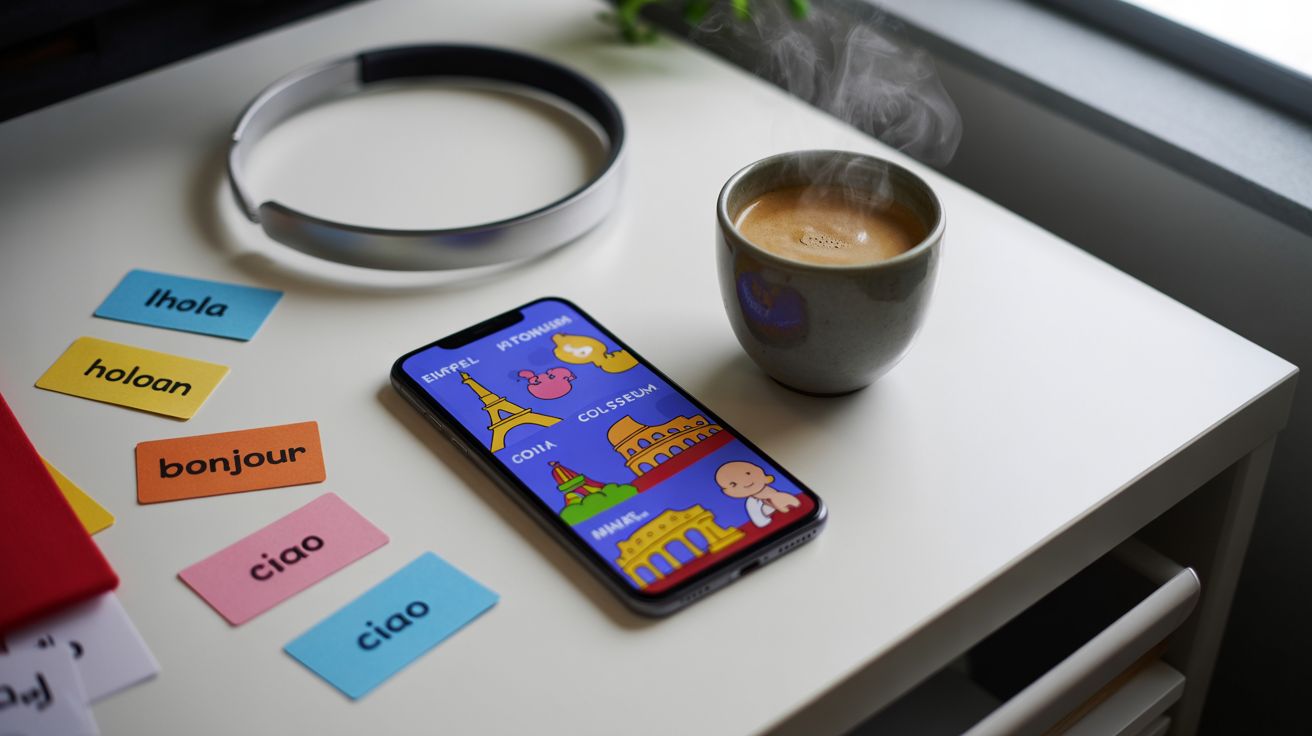Why Highlighting Is the Worst Way to Study (And What Top Students Do)
The Highlighting Hoax: A False Sense of Security
Picture this: you're hunched over a textbook, highlighter in hand, meticulously marking every sentence that seems remotely important. It feels productive, right? Like you're actively engaging with the material. But what if I told you that all that vibrant yellow (or pink, or green) is actually lulling you into a false sense of security? Highlighting, often touted as a cornerstone of effective study, is surprisingly one of the least effective study techniques. It's a passive activity that tricks your brain into thinking you're learning, when in reality, you're just creating a colorful document.
The problem with highlighting is that it doesn't force you to actively process the information. You're simply identifying what seems important, without truly understanding or internalizing it. Think of it like this: you're building a wall, but instead of laying bricks, you're just painting them. The wall might look impressive, but it's structurally unsound. And when it comes time to recall that information on a test or apply it in a real-world scenario, that wall will crumble.
The Illusion of Fluency: Why Rereading Fails
Similar to highlighting, rereading is another popular study technique that often falls short. We tend to equate familiarity with understanding. When we reread a passage, it feels easier to comprehend because we've seen it before. This creates an illusion of fluency, making us believe we know the material better than we actually do. This is especially true when preparing for your career, as you need to be able to apply knowledge, not just recognize it.
The issue with rereading is that it doesn't challenge your brain. It's like watching a movie for the tenth time – you might enjoy it, but you're not actively learning anything new. To truly learn, you need to force your brain to work, to retrieve information from memory, and to make connections between different concepts. Rereading simply reinforces what you already know, without pushing you to deepen your understanding.
Active Recall: The Key to Long-Term Retention
So, if highlighting and rereading are ineffective, what should you do instead? The answer lies in active recall. Active recall is a study technique that involves actively retrieving information from memory, rather than passively rereading or highlighting. This forces your brain to work harder, strengthening the neural pathways associated with that information and making it easier to recall in the future. This is a critical skill for any courses you take, as it allows you to retain information long after the final exam.
One simple way to practice active recall is to close your textbook and try to summarize what you've just read in your own words. You can also use flashcards, but instead of just reading the answer, try to recall it from memory before flipping the card over. The key is to actively challenge yourself to retrieve the information, rather than passively reviewing it.
Spaced Repetition: The Power of Timing
Another powerful study technique is spaced repetition. This involves reviewing material at increasing intervals over time. The idea is that by spacing out your study sessions, you're forcing your brain to work harder to retrieve the information, which strengthens your memory and makes it more durable. This is especially important for complex subjects that require a deep understanding of the material.
Imagine learning a new language. You wouldn't try to cram all the vocabulary and grammar rules into one marathon study session, would you? Instead, you'd learn a few new words and phrases each day, and then review them regularly over time. This spaced repetition approach is far more effective than cramming, because it allows your brain to gradually consolidate the information and build long-term memory. Many apps are available that use spaced repetition algorithms to optimize your study schedule.
Elaboration: Connecting the Dots
Elaboration is a study technique that involves connecting new information to what you already know. This helps you to create a richer, more meaningful understanding of the material, making it easier to remember and apply. Think of it like building a web of knowledge, where each new piece of information is connected to existing concepts and ideas. This is particularly useful for understanding complex topics relevant to your career.
One way to practice elaboration is to ask yourself questions like "How does this relate to what I already know?" or "What are the real-world applications of this concept?" You can also try explaining the material to someone else, as this forces you to articulate your understanding and identify any gaps in your knowledge. The more connections you can make, the better you'll understand and remember the material.
Interleaving: Mixing It Up for Better Learning
Interleaving is a study technique that involves mixing up different subjects or topics during your study sessions. This might seem counterintuitive, as it can feel more challenging than focusing on one subject at a time. However, research has shown that interleaving can actually improve learning and retention. This is because it forces your brain to constantly switch gears and retrieve different types of information, which strengthens your cognitive flexibility and improves your ability to discriminate between different concepts.
For example, instead of spending an entire afternoon studying just math, you might alternate between math, history, and science. This forces your brain to constantly adapt and retrieve different types of information, which can lead to deeper and more durable learning. Interleaving is especially helpful when preparing for exams that cover a wide range of topics.
Practice Testing: The Ultimate Learning Tool
Practice testing is arguably the most effective study technique of all. It involves testing yourself on the material you're trying to learn, either through practice quizzes, flashcards, or even just by trying to answer questions from your textbook. Practice testing forces you to actively retrieve information from memory, which strengthens your understanding and makes it easier to recall in the future. It also helps you to identify any gaps in your knowledge, so you can focus your study efforts on the areas where you need the most help. This is invaluable for preparing for any courses or certifications relevant to your career.
The beauty of practice testing is that it's not just a way to assess your knowledge; it's also a powerful learning tool in itself. Every time you successfully retrieve information from memory, you're strengthening the neural pathways associated with that information, making it easier to recall in the future. So, the more you practice test, the better you'll learn and the more confident you'll feel on test day.
Beyond the Classroom: Applying These Techniques to Your Career
The study techniques we've discussed aren't just for students. They're valuable skills that can be applied to any learning situation, whether you're taking courses, attending workshops, or simply trying to learn something new on your own. In today's rapidly changing world, lifelong learning is essential for career success. The ability to quickly and effectively acquire new knowledge and skills is a valuable asset in any field.
By incorporating active recall, spaced repetition, elaboration, interleaving, and practice testing into your learning routine, you can become a more efficient and effective learner, both in and out of the classroom. These techniques will not only help you to ace your exams, but also to develop the critical thinking and problem-solving skills that are essential for success in your career. So, ditch the highlighter, embrace active learning, and unlock your full potential.
Ready to Transform Your Learning?
It's time to ditch the passive study habits and embrace active learning strategies that truly work. Stop highlighting and start actively engaging with the material. Implement active recall, spaced repetition, and practice testing into your study routine, and watch your understanding and retention soar. Remember, learning is a skill that can be developed and honed with the right techniques. Invest in your learning, and you'll be investing in your future. Explore new courses, delve deeper into your field, and never stop learning. Your career will thank you for it!



